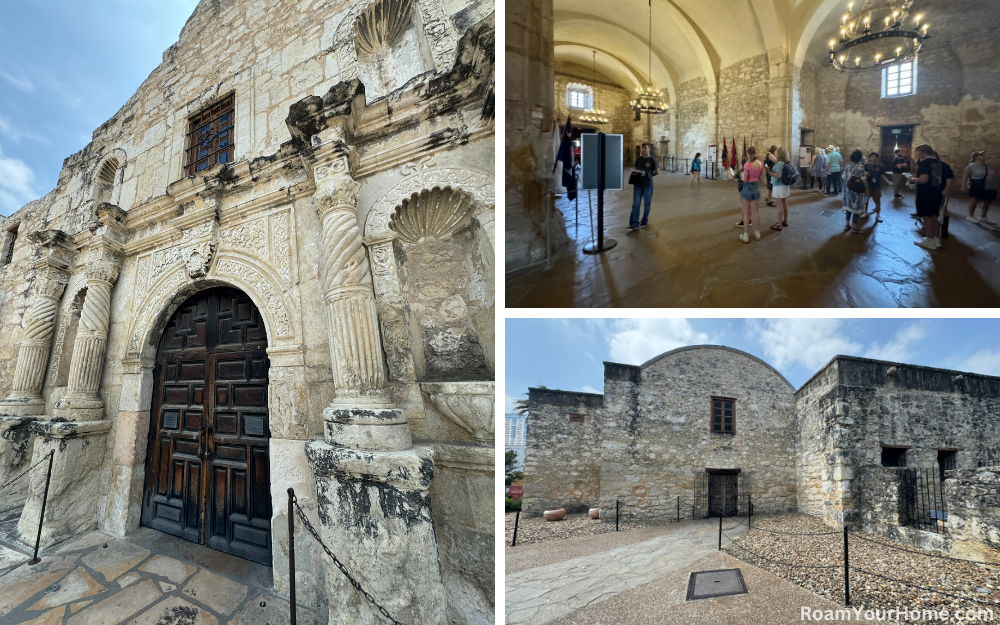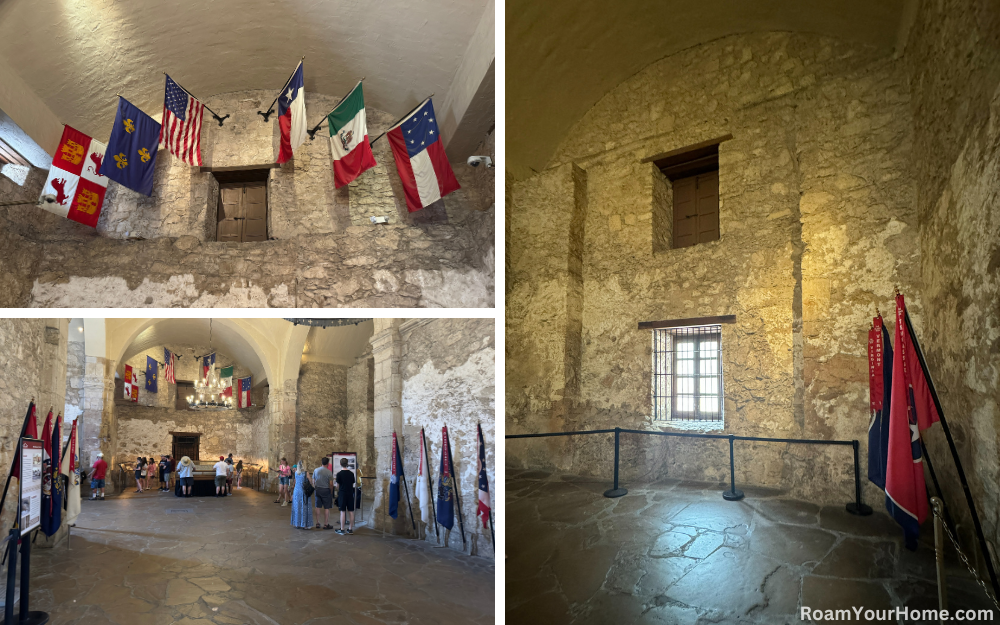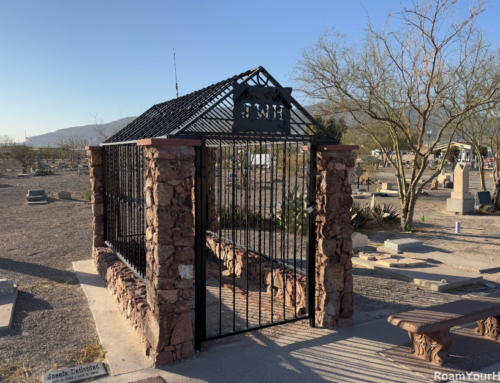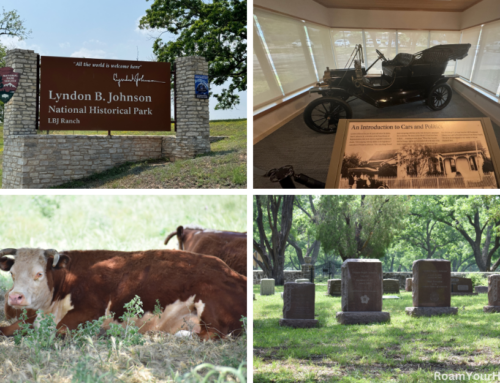
Remember the Alamo: Your Ultimate Guide to the Iconic Texas Landmark
The Alamo, one of the most iconic landmarks in Texas and the United States, is a bucket list travel destination. Located in downtown San Antonio, the Alamo stands as a symbol of bravery, sacrifice, and resilience. Whether visiting for the first time or returning to learn more about its rich history, a trip to the Alamo offers an unforgettable experience.
A Brief History of the Alamo
Today, the Alamo is a symbol of Texas’s fight for independence. But its history is long and storied. Spanish Franciscan priests established The Alamo in 1718 as Mission San Antonio de Valero. It was part of Spain’s effort to spread Christianity and establish control in the region. The mission served as a religious and cultural center for local indigenous peoples until it was secularized in 1793. This means the Alamo was officially closed, and its lands were distributed to the residents, marking the end of its religious function as a mission.
In the early 1800s, the mission had a new purpose as a military outpost. It was used by Spanish and later Mexican troops, and by 1803, it had become known as “The Alamo,” named after a company of Spanish soldiers from Alamo de Parras, Coahuila, Mexico.
The Texas Revolution and the Battle of the Alamo
By the 1830s, tensions between the Mexican government and American settlers in Texas escalated. In December 1835, forces supporting independence captured San Antonio from Mexican troops, taking control of the Alamo.
This was unacceptable to Mexican President and General Antonio López de Santa Anna, who, in February of 1836, led several thousand troops into Texas to crush the rebellion. On February 23, 1836, Santa Anna’s forces laid siege to the Alamo, where around 200 Texian defenders, including famous figures like Davy Crocket, William B. Travis, and James Bowie, had taken refuge.
For 13 days, the 200 Texians held out against overwhelming odds. But on March 6, 1836, before dawn, Santa Anna ordered an all-out assault. After fierce fighting, Mexican troops overran the walls, killing nearly all the Texian defenders.
“Remember the Alamo!” – The Legacy of the Battle
Though the Battle of the Alamo was a devastating loss for the Texians, it became a rallying cry for Texas independence. One month after the defeat, on April 21, 1836, Texian forces, led by General Sam Houston, routed Santa Anna at the Battle of San Jacinto. As they charged into battle, they yelled, “Remember the Alamo!”
The Republic of Texas
The victory at San Jacinto secured Texas’ independence, leading to the creation of a new nation. The Republic of Texas was an independent country for nine years, eleven months, and seventeen days, from March 2, 1836, to February 19, 1846, when it joined the United States.

Visiting The Alamo
Today, the Alamo stands as a revered historical site and museum. It attracts millions of people each year who come to learn about the battle and the sacrifices made there. My wife and I visited on a beautiful spring morning.
We’d spent the early morning touring the four San Antonio Missions National Historical Park missions. At one time, the Alamo was the fifth mission in San Antonio.
We arrived about an hour after it had opened for the day. We parked in a large nearby lot and walked to the entrance. There was a short line, but it moved quickly, and soon we entered the Alamo.
The Alamo Church
The most famous part of the Alamo is its limestone church, which remains a solemn reminder of the battle. When you get your entrance ticket, you first walk through the church’s large wooden doors. We walked slowly through the historic site, where artifacts, plaques, and exhibits provide insight into the events that unfolded there.
It was busy inside the building, but they did a good job of keeping it from being too crowded. We were able to visit all the open rooms.
When first entering to the left, the Confessional priests would sit to hear the confessions of penitents. Directly above that is an unfinished passageway to the bell tower. The next room on the left was the Sacristy. In the Sacristy, women and children were kept during the siege.
To the right after entering is the baptistery, which is the hall in which the sacrament of baptism is administered.
We worked our way further back into the church. There are state flags draped with the number of people from each state who were killed at the Alamo. My native Pennslyvania has a sash with 14 on it. These flags honor defenders of the Alamo who died fighting for freedom.
Shortly after the state flags, a plaque of remembrance marks the spot where one of four unknown persons was unearthed in 1937 and later that year reinterred.
At the very end of the church, there is a glass-enclosed diorama of the Alamo grounds in 1836. Behind the diorama are metal displays listing the names and homes of those who died at the Alamo.
“Six Flags Over Texas”
Above the displays of names are “Six Flags Over Texas.” The flags represent the six nations that have claimed sovereignty over Texas: Spain, France, Mexico, the Republic of Texas, the Confederate States of America, and the United States of America.
From here, we exited the church and quickly walked through the gift shop before exploring the grounds.

Alamo Plaza
The area near the Alamo is known as Alamo Plaza, a lively and scenic space filled with historical markers and sculptures commemorating key figures from the battle. The plaza is great for taking photos, relaxing, and appreciating the site’s significance.
The Line in the Sand
One of the things we particularly enjoyed seeing beyond the inside of the church was “The Line in the Sand.” Just outside the wooden sentence doors to the church, maybe 20 feet back or so, is a metal line in the rockway with a plack. The reads, “Legend States that in 1836 Lt. Col. William Barret Travis unsheathed his sword and drew a line on this ground before his battle-weary men stating ‘Those prepared to give their lives in Freedom’s cause, come over to me!’” It’s lost to history if this story is a fact or a legend, as everyone who could corroborate it died at the Alamo.
Davy Crockett Died Here
Looking at the church from the line in the sand, if you walk to the left, you come to a plaque where Davy Crockett is said to have died. It reads, “Legend states that David Crockett (Born August 17, 1786) sacrificed his life for Texas liberty here in defense of the Alamo, March 6, 1836.”
Looking at the large wooden doors of the Alamo, you can see some evidence of the battle. To the left, in the rock, some indents were created by shotgun blasts. To the right, in the masonry, there is a chunk missing that was likely caused by cannonball fire.
Long Barrack Museum
The Long Barrack Museum showcases additional historical artifacts and interactive exhibits, making it an excellent stop for a deeper understanding of the battle. The Long Barrack is the oldest building in the historic site, dating back to 1724, when the site was Mission San Antonio de Valero.
Living History Demonstrations
Throughout the year, the site hosts living history reenactments, where actors dressed in period clothing demonstrate weapons, tactics, and daily life from the early 19th century. These events provide a fascinating and immersive experience for all ages.
Cat’s of the Alamo Graves
One of the quirkier things we stumbled upon at the Alamo is the cat graves. While exploring the ground, we found the stone marked with plaques for Ruby, The Alamo Cat 1981 – 1986, and C.C., The Alamo Cat 1996 – 2014.
After asking a worker, we found out the Alamo has a tradition that dates back to the 1980s of keeping a cat to help control rodents and other pests. An yes, they currently have a cat. We did not see it on our visit though.
The Alamo remains one of the most significant landmarks in American history. Its story continues to inspire generations with its lessons of bravery, sacrifice, and the relentless fight for freedom. “Remember the Alamo” is more than just a battle cry—it is a tribute to those who gave their lives in the pursuit of liberty.
Tips for Visiting the Alamo
Arrive Early: The Alamo is one of the most popular attractions in Texas, so arriving early can help you avoid large crowds.
Admission: General admission to the Texas historic site is free, but donations are encouraged. Some special tours and exhibits may have a fee.
Photography: While outdoor photography is allowed, flash photography and video are restricted inside the church.
Weather Considerations: San Antonio can be hot, especially in summer, so wear comfortable clothing, bring water, and use sunscreen.
Nearby Attractions: After visiting, explore the nearby San Antonio River Walk, a vibrant area filled with restaurants, shops, and scenic river views.




